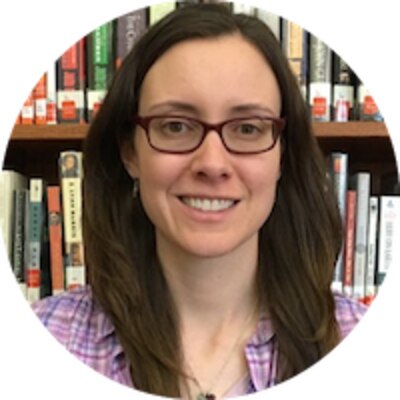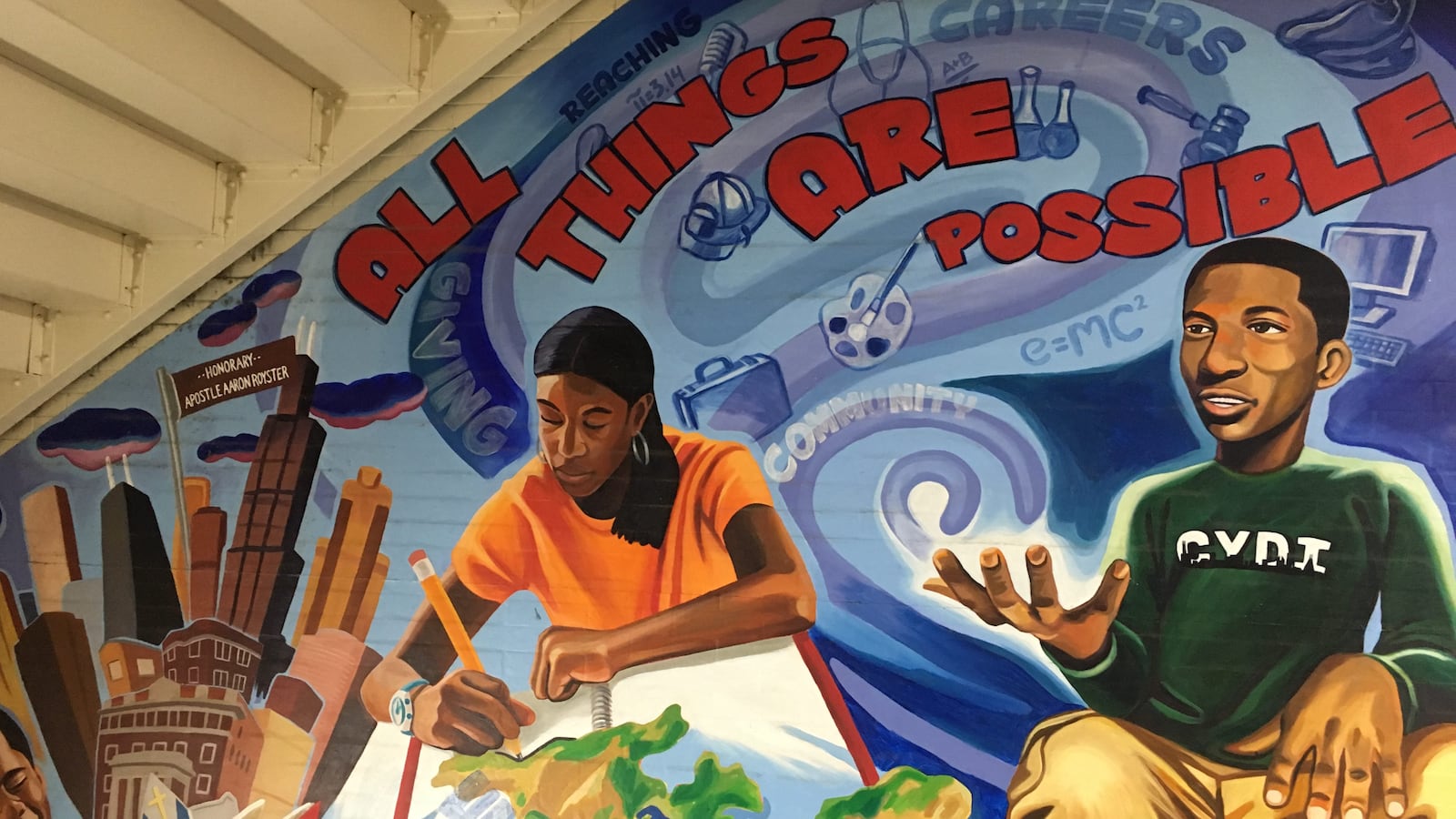As a Chicago Public School teacher and librarian for the past 15 years, I’ve seen many students fall through the cracks.

I remember the young man who sat in my class at the beginning of his senior year, eager to learn. By the end he was failing, having missed over 30 days of school for reasons unknown to me. Or the sophomore girl who transferred out after displaying behavior and academic problems. I saw her years later on the Chicago Tribune’s mugshot webpage.
Both of these students came to mind when I read Adeshina Emmanuel’s story about Javion Grayer, a 16-year-old Chicago student who reads at the second grade level.
What struck me about Javion’s story was that his educational experience was as disjointed as his home life. He switched schools several times, and his family wished someone could help him. But many of the schools he attended did not provide adequate special education services or reading specialists.
This is not a problem unique to Javion. In Chicago Public Schools, a district that prides itself on its variety of choices for families, Javion’s story is an illustration of how little all of those schools can have in common and how little they work together. The result can be students getting a patchwork education within one school district, with little horizontal alignment among schools that serve the same grades, and little vertical alignment among its K-8 schools and high schools.
At Lindblom High School, where I am a teacher librarian, we see transfer students who want to come to Lindblom in search of something better. I watch many transfer students who come with grass-is-greener hopes struggle because of differences in curriculum, instruction, expectations, and school culture. Lindblom is a selective enrollment high school, and many that transfer in are not coming from other selective enrollment schools, which may exacerbate this. But Javion’s experience was probably somewhat similar, watching schools right next to one another operate in very different ways.
Elementary schools that once acted as feeder schools to neighborhood high schools are now feeder schools for every high school in the city. That leaves elementary schools not knowing much about the expectations of the high schools their students will go on to attend, and high schools not knowing exactly what students learned during their elementary experience.
When I taught freshman English for a couple of school years, not once did I know any information about the curriculum my incoming students had used. I didn’t even know what elementary school they came from, let alone their specific struggles or strengths. Think about how much more effective our high schools would be if we actually had that information.
Javion also missed out on something that many CPS children are missing — access to a reading specialist. Reading specialists have been disappearing in the last decade thanks to student-based budgeting, where schools receive budgets based on their enrollment and principals decide how to allocate their funds. If their school’s enrollment is declining, principals often decide to forego a reading specialist to save a teaching position. This does not mean that those positions are not needed; on the contrary, they are very much needed in schools that serve high-needs students like Javion. Those are also often the schools declining in enrollment.
When I started teaching, I experienced the benefits of a reading specialist myself. I was not prepared to teach reading, as much of my teacher education taught me to become a teacher like the ones I had in high school — ones that assigned texts, held discussions, and gave feedback on essays. I knew little of what to do when students didn’t or couldn’t read the assigned text. I quickly discovered that holding a discussion on a chapter that only a few students have read or understood didn’t make for an effective classroom.
It was my school’s reading specialist who taught me how to help students access unfamiliar texts and incorporate a slew of strategies into my classroom. She also let me know that it’s OK to use class time for reading, and that my students would benefit from me reading aloud to the class, too. My students become better readers, and many of my classroom management issues disappeared, too.
In 2019, to help students like Javion, the district should prioritize addressing both problems. Chicago Public Schools needs to make sure students are learning the same basic reading skills in every school, and that high schools understand what’s being taught to younger students and vice versa.
The district also needs reading specialists to return. I wish that Javion had attended a school where such a specialist could have helped his teachers and worked one-on-one with students who are grade levels behind in reading. He would have been noticed; he would have been helped. I have that same wish for students and teachers across the district.
Gina Caneva is a 15-year Chicago Public Schools veteran who works as a teacher-librarian and writing center director at Lindblom Math and Science Academy. She is a National Board Certified teacher and Teach Plus Teaching Policy Fellowship alum. She is also a certified reading specialist. Follow her on Twitter @GinaCaneva.
About our First Person series:
First Person is where Chalkbeat features personal essays by educators, students, parents, and others trying to improve public education. Read our submission guidelines here.


